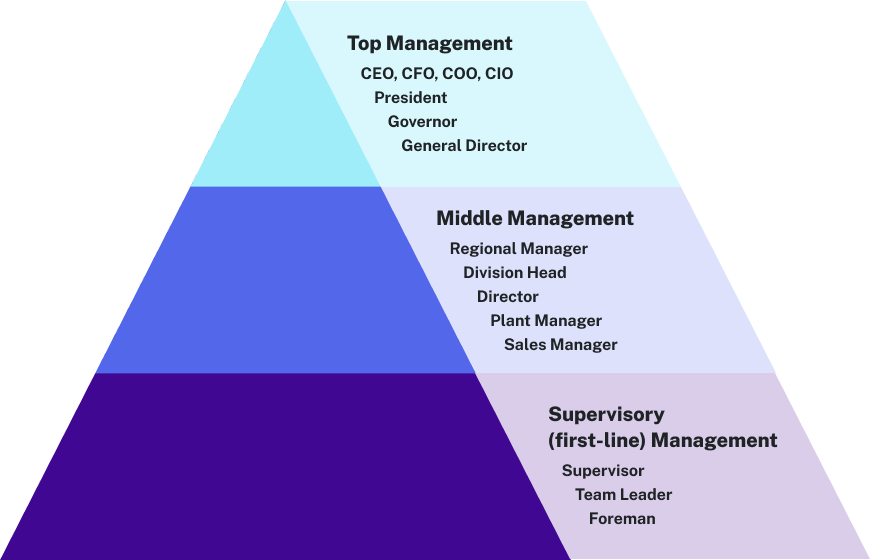- Recognize different types of managers
- Identify skills that managers need
- Recognize different management theories
- Recognize important functions of management today
You go out for dinner to your favorite restaurant for a special occasion. It took a month or more to save up the money, and your date/spouse bought a new outfit just for this outing. Maybe, if you have children, you arranged a babysitter for the entire evening. You have planned an evening to remember. As the night progresses, things are not turning out as you hoped. The hostess has no record of your reservation. When your server finally appears, they’re rude and unhelpful. By the time your food comes, you have already waited for an hour. When your steak finally arrives, it’s overcooked and sits beside a heap of mushy broccoli instead of the baked potato you ordered. So, what do you do?
You want to speak to the manager, because the manager has the responsibility and authority to resolve the problem (or at least try). But managers do more than just listen to customers complain. Whether they interact with customers, employees, suppliers, contractors, or the general public, managers and leaders play an important, multidimensional role in all business organizations.
Levels of Management

All industries need management, and the managers who perform that function need to possess certain skills. Before we talk about those skills, though, it’s important to understand that the title of manager actually refers to three distinct groups of people within an organization: top-level or executive managers, middle managers, and first-line managers. Each level has a different area of managerial responsibility and reporting structure.
Top Managers
These are the highest level of managers within an organization, and they are tasked with setting organizational objectives and goals. These managers scan the external environment for opportunities, help develop long-range plans, and make critical decisions that affect the entire organization. They represent the smallest percentage of the management team. Many times, these managers have titles such as chief executive, operations manager, or general manager.
Middle Managers
Mid-level or middle managers allocate resources to achieve the goals and objectives set by top managers. Their primary role is to oversee front-line managers and report back to top-level managers about the progress, problems, or needs of the first-line managers. Middle managers span the distance between production operations and organizational vision. While top managers set the organization’s goals, middle managers identify and implement the activities that will help the organization achieve its goals.
First-Line Managers
The primary responsibility of first-line managers is to coordinate the activities that have been developed by the middle managers. These managers are responsible for supervising non-managerial employees who are engaged in the tasks and activities developed by middle managers. They report back to middle managers on the progress, problems, or needs of the non-managerial employees. These managers are on the front lines, so to speak, where they are actively involved in the day-to-day operations of the business.